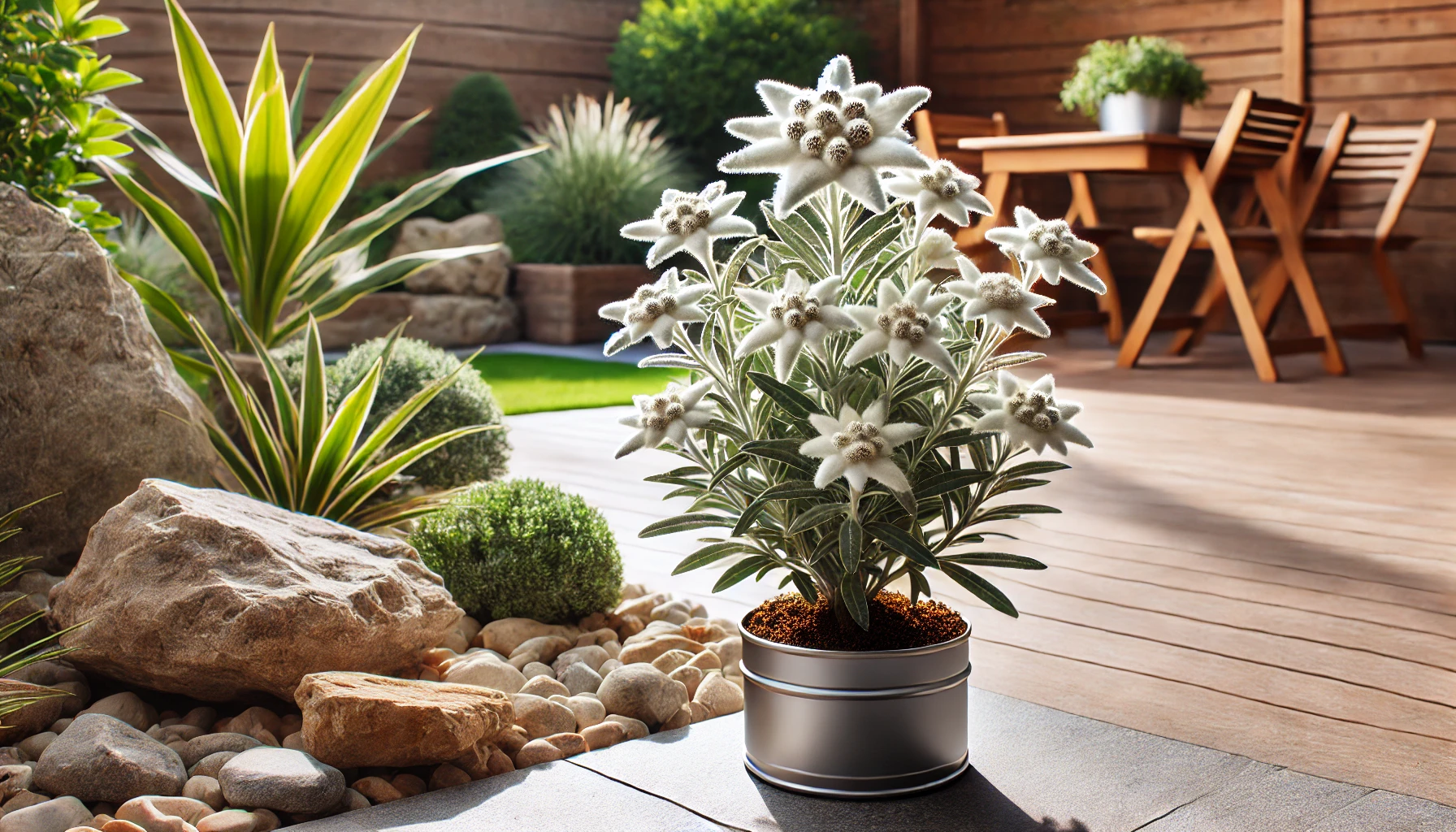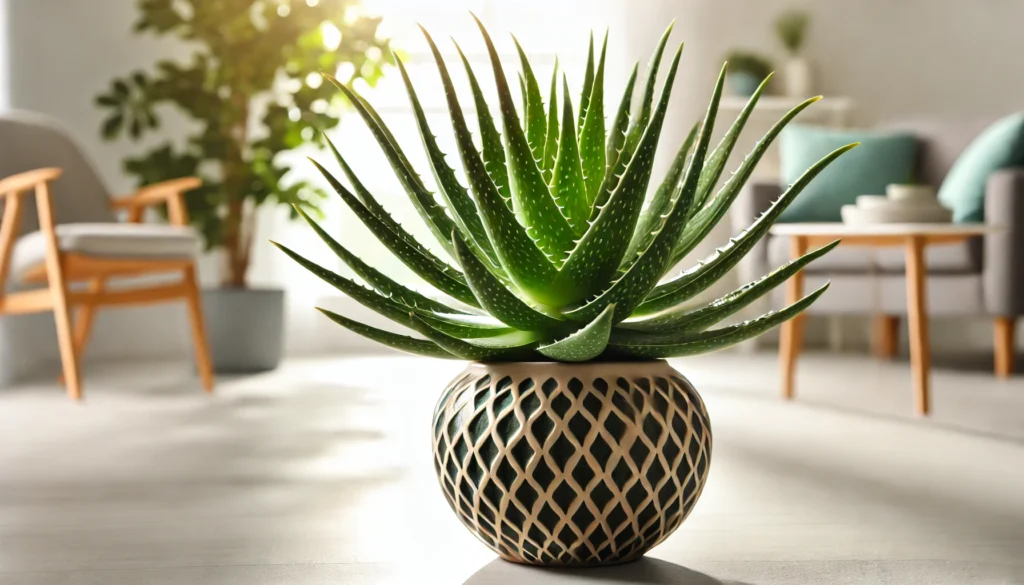
Edelweiss, formally known as Leontopodium alpinum, is a small, perennial flower native to the rugged mountain regions of Europe. This iconic plant can grow up to 8-12 inches tall and is recognized for its star-shaped, white, woolly flowers surrounded by a crown of fuzzy leaves. Edelweiss is a symbol of resilience and purity, often associated with the majestic beauty of the Alps.
A Glimpse into History and Ideal Growing Conditions
Edelweiss has a storied history, famously known as a symbol of the rugged beauty of the Alpine mountains. It has been a protected plant in many European countries due to its rarity in the wild. Edelweiss thrives in high-altitude environments, requiring well-drained, sandy, or rocky soil. It prefers cool, temperate climates and needs full sun to partial shade. This hardy plant is well-suited to rock gardens, alpine beds, and container planting, where it can enjoy the cool, well-ventilated conditions it loves.
Is Edelweiss Safe for Pets?
Edelweiss is mildly toxic to pets if ingested. It contains alkaloids and other compounds that can cause mild to moderate gastrointestinal upset in dogs and cats. Symptoms may include vomiting, diarrhea, and drooling. While it’s not highly dangerous, it’s best to keep pets away from Edelweiss to prevent any potential issues.
Safe Alternatives for Pet-Friendly Gardens
If you’re concerned about pet safety, consider alternatives such as Lamb’s Ear (Stachys byzantina), Silver Carpet (Dymondia margaretae), or Creeping Thyme (Thymus serpyllum). These plants offer similar textures and are non-toxic to pets.
Best Practices for Caring for Edelweiss
Edelweiss is a resilient plant, but it requires specific care to thrive, especially when grown outside its natural Alpine environment. Here are some best practices to keep your Edelweiss healthy and blooming.
Watering and Humidity
Edelweiss prefers a moderate watering schedule. Water the plant when the top inch of soil feels dry, and avoid waterlogging, which can lead to root rot. This plant does well in low humidity, reflecting its native Alpine conditions. In humid environments, ensure good air circulation to prevent fungal issues.
Soil, Light, and Temperature
Edelweiss thrives in well-drained, sandy, or rocky soil that mimics its natural mountainous habitat. The soil should be slightly alkaline to neutral. It needs full sun to partial shade, with at least 4-6 hours of sunlight daily. The plant is hardy in USDA zones 4-7, and it can tolerate light frost. However, it doesn’t perform well in hot, humid climates, so consider planting it in cooler areas of your garden or in containers that can be moved to a more suitable environment.
Common Problems and Remedies
Edelweiss is generally resistant to pests and diseases, but a few issues can arise, particularly in non-native environments. Overwatering is the most common problem, leading to root rot. Ensure that the soil drains well and water only when necessary. In regions with high humidity, powdery mildew can develop on the leaves. To prevent this, provide good air circulation and avoid overhead watering. If mildew appears, treat it with a fungicide or a homemade baking soda solution.
Propagation and Benefits
Edelweiss can be propagated through seeds or division. Growing from seed is slow but rewarding, as it allows you to enjoy the full life cycle of this beautiful plant. Sowing seeds in well-drained soil during the fall is ideal. Division is a quicker method, best done in the spring. Besides its beauty, Edelweiss is often used in traditional medicine, and its dried flowers make lovely, long-lasting decorations.
Final Thoughts
Edelweiss is a legendary plant that brings a touch of the Alps to your garden. Its striking, woolly flowers and hardy nature make it a unique addition to rock gardens, borders, or containers. While it requires some care, especially in terms of soil and watering, the effort is well worth it. Just be mindful of its mild toxicity to pets and consider safe alternatives if you have animals at home. With the right conditions, Edelweiss will thrive and continue to symbolize resilience and beauty in your garden for years to come.
Stay connected with the world of plants! Subscribe to Phylofy for expert gardening tips, DIY projects, and eco-friendly inspiration. Join our community and nurture your love for nature. Don’t miss exclusive content and updates. Subscribe now!



